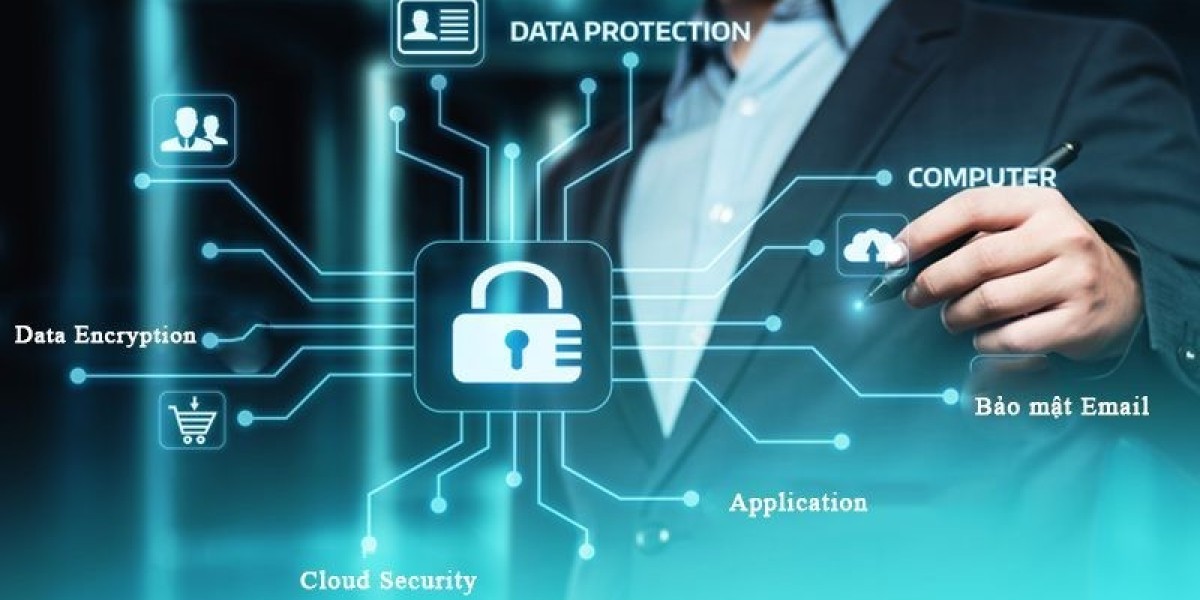Privacy in the workplace is a fundamental right that impacts employee well-being, job satisfaction, and overall organizational culture. However, in the digital age, where data is constantly being generated and collected, protecting this right while meeting business needs presents evolving challenges. Employers have valid reasons for monitoring certain aspects of work, such as ensuring productivity and protecting sensitive information, but this must be balanced against employees' reasonable expectations of privacy.
Legal Framework for Workplace Privacy
The legal landscape governing workplace privacy is complex and varies by jurisdiction. In the European Union, the General Data Protection Regulation (GDPR) sets strict standards for handling employee data. In the United States, laws like the Electronic Communications Privacy Act (ECPA) and state-specific regulations like the California Consumer Privacy Act (CCPA) come into play.
These laws generally recognize that employees have certain privacy rights, even in the workplace. However, they also acknowledge employers' rights to monitor work-related activities to protect their business interests.
Common Workplace Privacy Issues
Several areas frequently give rise to privacy concerns in the workplace:
- Email and Communication Monitoring: Employers often monitor work email and other communication tools.
- Internet Usage Tracking: Many companies track employees' internet usage on work devices.
- Video Surveillance: Security cameras in the workplace can raise privacy concerns.
- Biometric Data Collection: Use of fingerprint or facial recognition for access control.
- Personal Device Usage: BYOD (Bring Your Own Device) policies can blur lines between personal and work data.
Employer Interests in Monitoring
Employers have several legitimate reasons for monitoring workplace activities:
- Protecting Confidential Information: Preventing data breaches and intellectual property theft.
- Ensuring Productivity: Monitoring can help manage employee performance.
- Preventing Liability Issues: Avoiding legal issues related to harassment or other workplace misconduct.
- Cybersecurity: Protecting against external threats and internal vulnerabilities.
Employee Privacy Concerns
On the other hand, employees have valid privacy concerns:
- Personal Information Protection: Ensuring personal data isn't unnecessarily collected or misused.
- Off-Duty Conduct: Concerns about employers monitoring personal social media or off-hours activities.
- Psychological Impact: Constant monitoring can lead to stress and decreased job satisfaction.
- Data Collection Practices: Questions about what data is collected and how it's stored and used.
Best Practices for Balancing Privacy and Business Needs
To strike the right balance, organizations should consider:
- Clear and Transparent Policies: Clearly communicate what is monitored and why.
- Employee Consent and Notification: Inform employees about monitoring practices and obtain consent where necessary.
- Data Minimization: Collect only necessary information and limit access to it.
- Secure Data Practices: Implement robust security measures for storing and handling employee data.
The Role of SmailPro in Enhancing Workplace Privacy
In the context of workplace privacy, services like SmailPro can play a valuable role. SmailPro, a temporary email service, offers several features that can enhance privacy in professional settings:
- Protecting Personal Email Addresses: Employees can use SmailPro for work-related signups or communications that don't require their primary email, reducing personal data exposure.
- Separating Work and Personal Communications: SmailPro can provide a clear boundary between professional and personal email use.
- Enhancing Privacy in Temporary Work Scenarios: For project-based work or temporary employees, SmailPro offers a way to provide necessary email access without integrating these individuals into the main corporate email system.
Benefits for both employers and employees include:
- Reduced risk of personal data exposure in work contexts
- Improved compliance with data protection regulations by minimizing unnecessary data collection
- Enhanced control over work-related communications
Implementing SmailPro as part of a workplace privacy strategy can demonstrate an organization's commitment to privacy while still meeting business communication needs.
Technology Solutions for Workplace Privacy
Beyond services like SmailPro, other technology solutions can enhance workplace privacy:
- Privacy-enhancing software tools, such as VPNs and encrypted messaging apps.
- Secure communication platforms designed for business use.
- Advanced access control systems that limit data access based on need.
- Data anonymization techniques for handling sensitive information.
Training and Awareness
Education is crucial in maintaining workplace privacy:
- Employees should be trained on their privacy rights and responsibilities.
- Management needs training on respecting employee privacy while meeting business needs.
- Organizations should foster a privacy-conscious culture through ongoing awareness programs.
Handling Privacy Breaches in the Workplace
Despite best efforts, privacy breaches can occur. Organizations should have:
- Clear incident response plans for privacy breaches.
- Accessible reporting mechanisms for employees to raise privacy concerns.
- Protocols for addressing breaches that respect both legal requirements and ethical considerations.
Future Trends in Workplace Privacy
Looking ahead, several trends will shape workplace privacy:
- The rise of remote work is creating new privacy challenges and considerations.
- Emerging technologies like AI and IoT will introduce new privacy implications in the workplace.
- We can expect evolving legal landscapes with potentially stricter privacy regulations.
Case Studies
Examining real-world examples provides valuable insights:
- High-profile cases of workplace privacy violations serve as cautionary tales.
- Success stories of companies implementing effective privacy measures offer positive models.
- Legal cases have helped shape and clarify workplace privacy standards.
Conclusion
Privacy in the workplace is a nuanced and evolving issue. As technology continues to advance, the challenge of balancing employee privacy rights with employer interests will remain at the forefront of workplace dynamics.
Organizations must stay informed about legal requirements, emerging technologies, and best practices in privacy protection. By implementing comprehensive privacy strategies, including the use of tools like SmailPro, companies can create a trust-based environment that respects employee privacy while meeting legitimate business needs.
Ultimately, prioritizing privacy in the workplace is not just a legal obligation but a key factor in building a positive, respectful, and productive work environment. As we move forward, ongoing dialogue, adaptable policies, and innovative solutions will be crucial in navigating the complex landscape of workplace privacy.








